Refine listing
Actions for selected content:
2251 results in Cambridge Elements

Personalized Drug Screening for Functional Tumor Profiling
-
- Published online:
- 10 June 2022
- Print publication:
- 07 July 2022
-
- Element
- Export citation
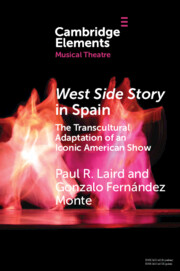
West Side Story in Spain
- The Transcultural Adaptation of an Iconic American Show
-
- Published online:
- 09 June 2022
- Print publication:
- 07 July 2022
-
- Element
- Export citation
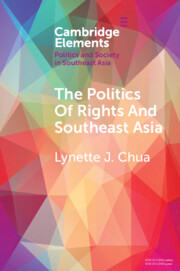
The Politics of Rights and Southeast Asia
-
- Published online:
- 08 June 2022
- Print publication:
- 07 July 2022
-
- Element
- Export citation
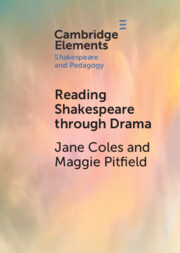
Reading Shakespeare through Drama
-
- Published online:
- 08 June 2022
- Print publication:
- 07 July 2022
-
- Element
- Export citation
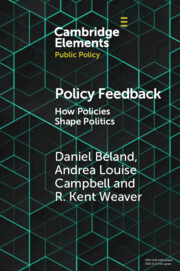
Policy Feedback
- How Policies Shape Politics
-
- Published online:
- 06 June 2022
- Print publication:
- 23 June 2022
-
- Element
-
- You have access
- Open access
- HTML
- Export citation
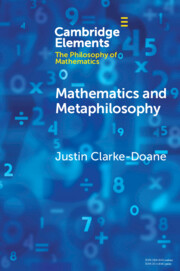
Mathematics and Metaphilosophy
-
- Published online:
- 06 June 2022
- Print publication:
- 30 June 2022
-
- Element
- Export citation
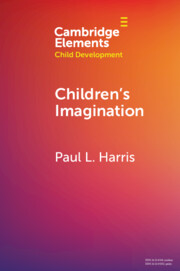
Children's Imagination
-
- Published online:
- 03 June 2022
- Print publication:
- 23 June 2022
-
- Element
- Export citation

Entrapment, Escape, and Elevation from Relationship Violence
-
- Published online:
- 03 June 2022
- Print publication:
- 23 June 2022
-
- Element
- Export citation
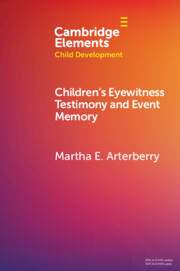
Children's Eyewitness Testimony and Event Memory
-
- Published online:
- 03 June 2022
- Print publication:
- 23 June 2022
-
- Element
- Export citation
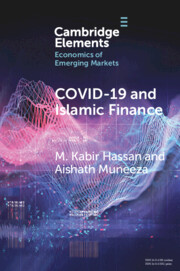
COVID-19 and Islamic Finance
-
- Published online:
- 02 June 2022
- Print publication:
- 07 July 2022
-
- Element
- Export citation
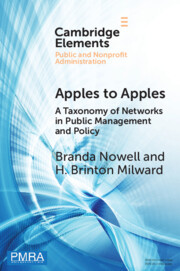
Apples to Apples
- A Taxonomy of Networks in Public Management and Policy
-
- Published online:
- 02 June 2022
- Print publication:
- 30 June 2022
-
- Element
- Export citation
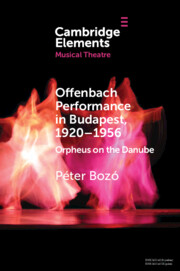
Offenbach Performance in Budapest, 1920–1956
- Orpheus on the Danube
-
- Published online:
- 01 June 2022
- Print publication:
- 23 June 2022
-
- Element
- Export citation
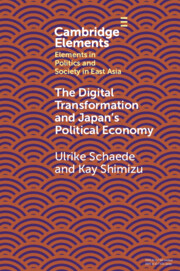
The Digital Transformation and Japan's Political Economy
-
- Published online:
- 01 June 2022
- Print publication:
- 30 June 2022
-
- Element
- Export citation
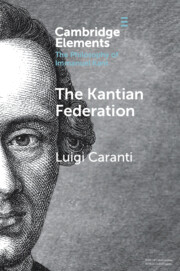
The Kantian Federation
-
- Published online:
- 30 May 2022
- Print publication:
- 23 June 2022
-
- Element
- Export citation
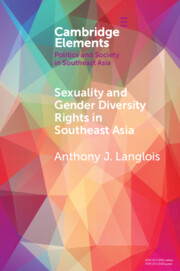
Sexuality and Gender Diversity Rights in Southeast Asia
-
- Published online:
- 28 May 2022
- Print publication:
- 23 June 2022
-
- Element
- Export citation

Wittgenstein on Sense and Grammar
-
- Published online:
- 26 May 2022
- Print publication:
- 23 June 2022
-
- Element
- Export citation
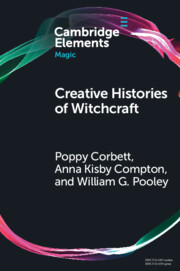
Creative Histories of Witchcraft
- France, 1790–1940
-
- Published online:
- 26 May 2022
- Print publication:
- 23 June 2022
-
- Element
- Export citation
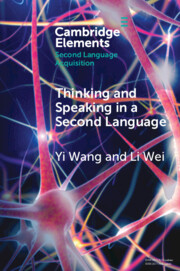
Thinking and Speaking in a Second Language
-
- Published online:
- 26 May 2022
- Print publication:
- 23 June 2022
-
- Element
- Export citation
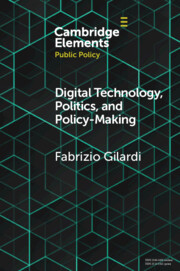
Digital Technology, Politics, and Policy-Making
-
- Published online:
- 25 May 2022
- Print publication:
- 23 June 2022
-
- Element
- Export citation

Explicit and Implicit Learning in Second Language Acquisition
-
- Published online:
- 25 May 2022
- Print publication:
- 23 June 2022
-
- Element
- Export citation
